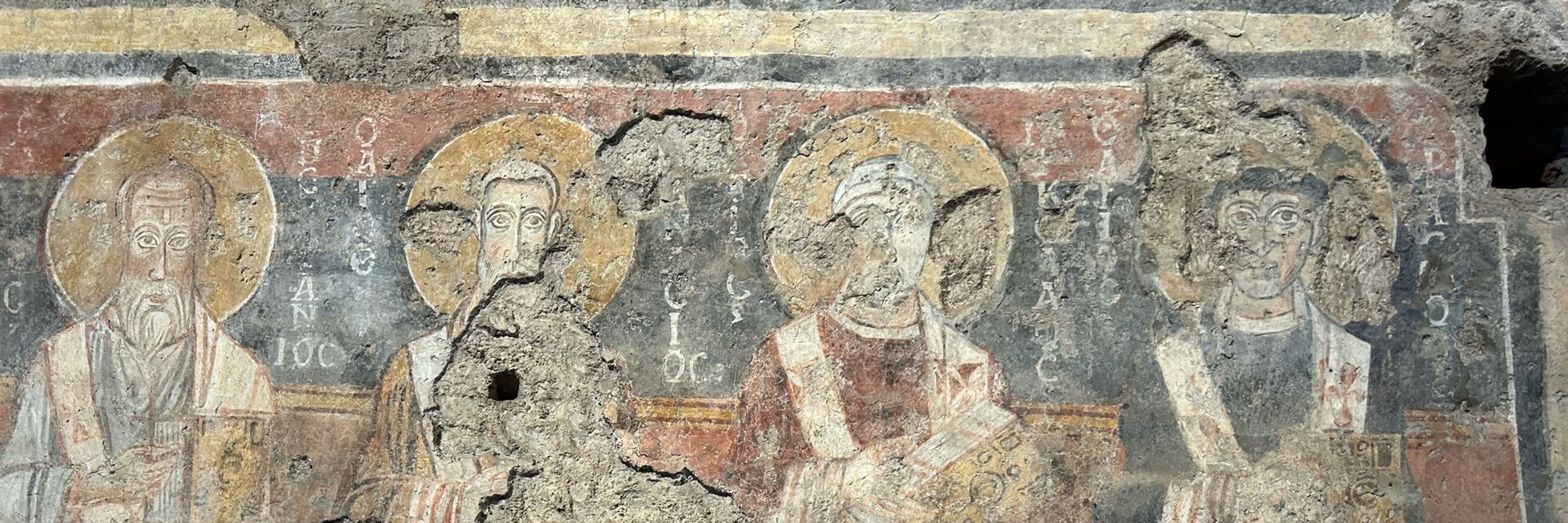
But they say it is like nothing else ever found at the site – and may not even be Neolithic.'

But they say it is like nothing else ever found at the site – and may not even be Neolithic.'
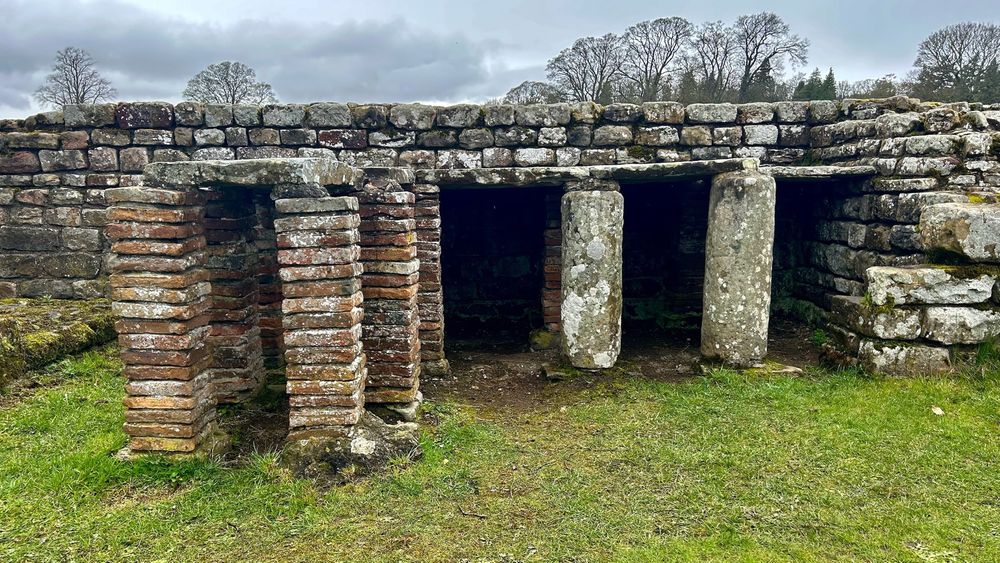
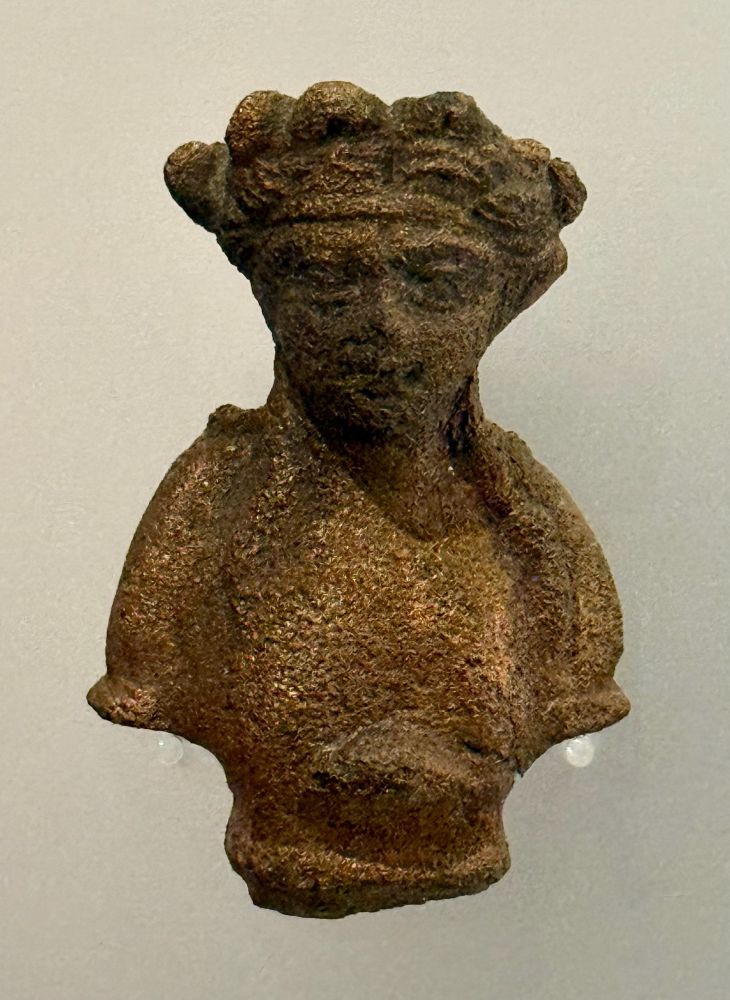
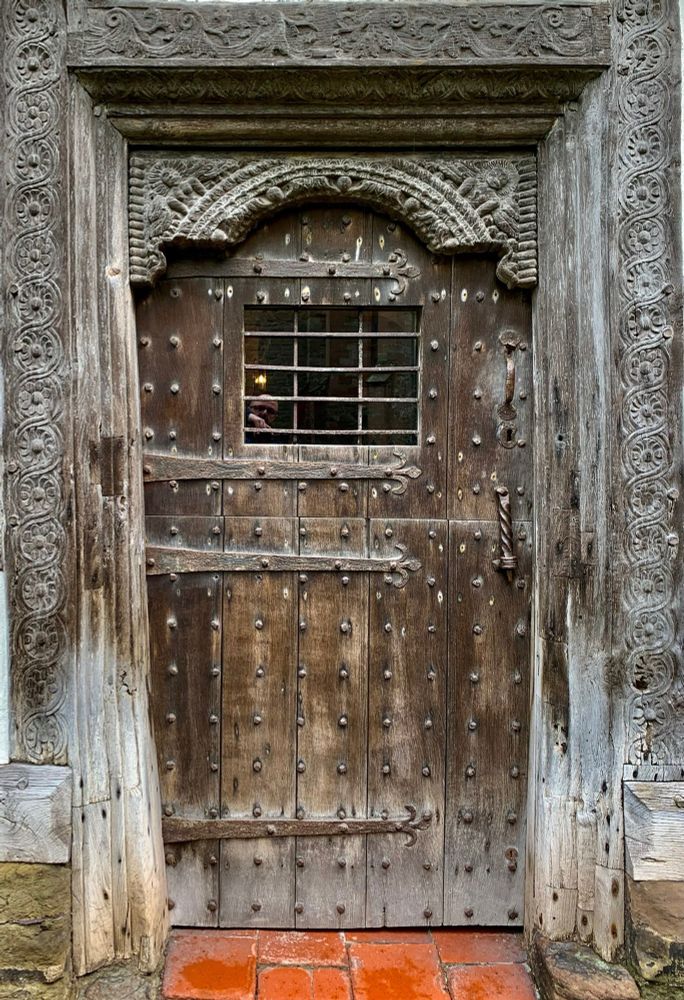


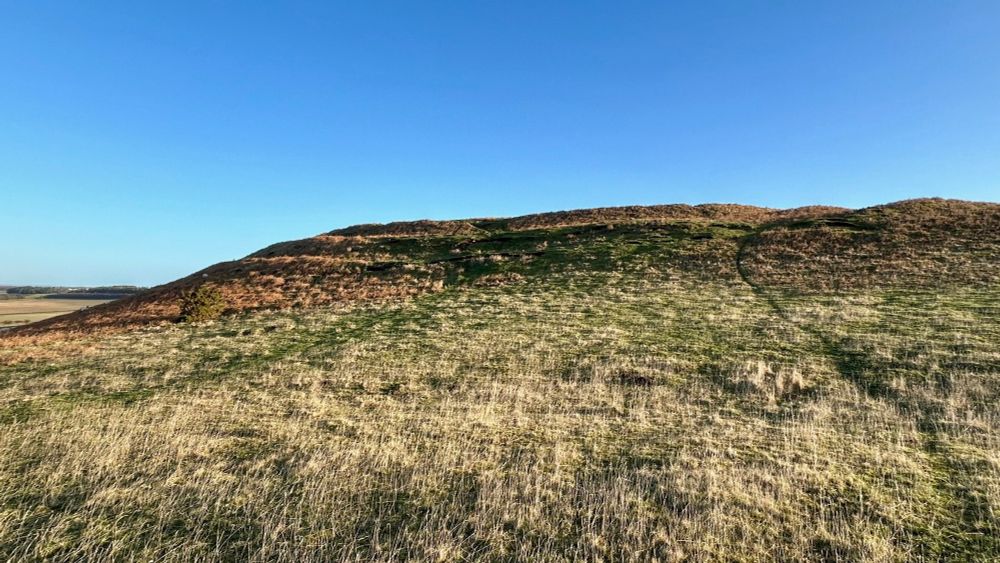
Never let a nail get in the way of a lock plate - here on the door dated 1620 at St. Peter and St. Paul, Long Compton, Warwickshire.

Never let a nail get in the way of a lock plate - here on the door dated 1620 at St. Peter and St. Paul, Long Compton, Warwickshire.
Despite having only one fire this double roundhouse was warm & cosy, a pretty good place to live!
🎥 My own
Despite having only one fire this double roundhouse was warm & cosy, a pretty good place to live!
🎥 My own
We absolutely love it 😍
📷 © Frances Griffith 1989 / Somerset HER 49223
somersetheritage.org.uk/record/55105
#HillfortsWednesday

We absolutely love it 😍
📷 © Frances Griffith 1989 / Somerset HER 49223
somersetheritage.org.uk/record/55105
#HillfortsWednesday
📷 me
🏺

📷 me
🏺

9pm More 4 or catch-up up on @channel4tv.bsky.social 4OD #Archaeology #WWII #History #Aviation #Militaryhistory
9pm More 4 or catch-up up on @channel4tv.bsky.social 4OD #Archaeology #WWII #History #Aviation #Militaryhistory
3rd c. BCE bronze three-nozzle hanging lamp with a statuette of a rural Dionysian Etruscan 'spirit'. Replicas needed! 🏺🦢 #BritishMuseum
📸 me

3rd c. BCE bronze three-nozzle hanging lamp with a statuette of a rural Dionysian Etruscan 'spirit'. Replicas needed! 🏺🦢 #BritishMuseum
📸 me

Here, bully destroys pool Jesus made along the Jordan and falls dead. Virgin intervenes, and bully returns to life at touch of Jesus's foot.
In BM. More ALT.

Here, bully destroys pool Jesus made along the Jordan and falls dead. Virgin intervenes, and bully returns to life at touch of Jesus's foot.
In BM. More ALT.
Uncovered in the room above the chapel of St Andrew and St Catherine during work on the roof.
#TilesOnTuesday #medieval

Uncovered in the room above the chapel of St Andrew and St Catherine during work on the roof.
#TilesOnTuesday #medieval
About 2,000 years-ago, a dog made its mark for ‘pawsterity’ when it wandered across the wet tile laid out to dry before firing.
From Richborough Roman fort
📷 by me
#TilesonTuesday
#Archaeology

About 2,000 years-ago, a dog made its mark for ‘pawsterity’ when it wandered across the wet tile laid out to dry before firing.
From Richborough Roman fort
📷 by me
#TilesonTuesday
#Archaeology
DEAE SV / LI MIN(ERVAE) ET NV / MIN(IBVS) AVG(VSTORVM) G(AIVS) / CVRIATIVS / SATVRNINVS / C(ENTVRIO) LEG(IONIS) II AVG(VSTAE) / PRO SESV / ISQVE / V(OTVM) S(OLVIT) L(IBENS) M(ERITO)
#AncientBlueSky🏺

DEAE SV / LI MIN(ERVAE) ET NV / MIN(IBVS) AVG(VSTORVM) G(AIVS) / CVRIATIVS / SATVRNINVS / C(ENTVRIO) LEG(IONIS) II AVG(VSTAE) / PRO SESV / ISQVE / V(OTVM) S(OLVIT) L(IBENS) M(ERITO)
#AncientBlueSky🏺
#EpigraphyTuesday #Archaeology #RomanEmpire
www.labrujulaverde.com/en/2025/11/a...

#EpigraphyTuesday #Archaeology #RomanEmpire
www.labrujulaverde.com/en/2025/11/a...
Excavations in the 1980s found at least 18 red deer were placed here with the burials 5500 years ago!
Why?? 🤔
📸 Me
#archaeology #scotland #photooftheday 🏺

Excavations in the 1980s found at least 18 red deer were placed here with the burials 5500 years ago!
Why?? 🤔
📸 Me
#archaeology #scotland #photooftheday 🏺
The climb up and the views around make this monument to a great experience.

The climb up and the views around make this monument to a great experience.




